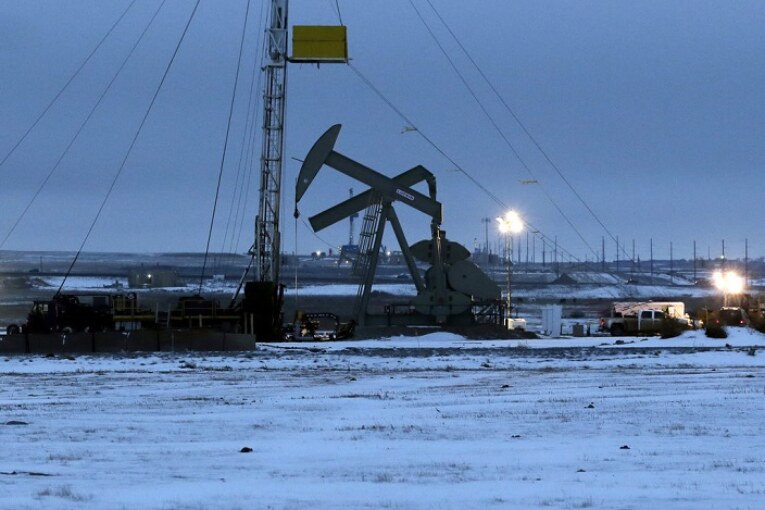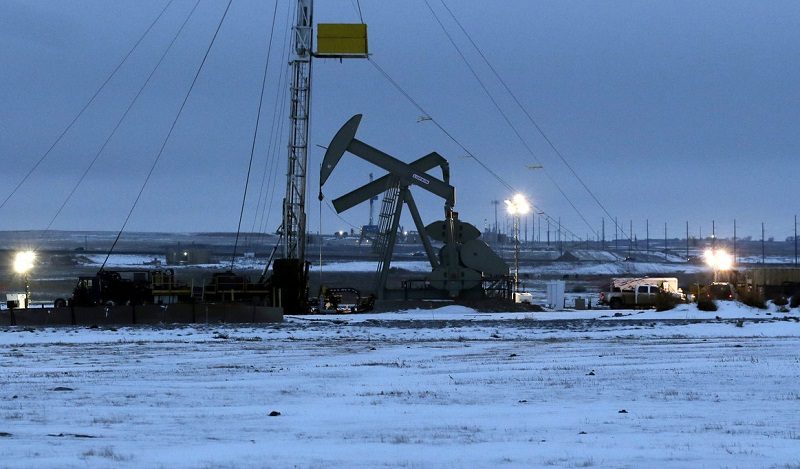

U.S. energy firms this week cut oil rigs for the first time in 13 weeks after crude prices fell for six weeks in a row from late October-early December.
Oil prices, meanwhile, have recovered and traded at their highest since 2014 this week. Energy analysts said it usually takes about a month or two for drillers to add or remove rigs following oil price moves.
The combined U.S. oil and gas rig count, an early indicator of future output, rose by three to 604 in the week to Jan. 21, the highest since April 2020, energy services firm Baker Hughes Co said in its closely followed report on Friday.
Baker Hughes said that puts the total rig count up 226 rigs, or 60%, over this time last year.
U.S. oil rigs fell by one to 491 this week, while gas rigs rose four to 113, their highest since January 2020.
U.S. crude futures traded over $87 per barrel earlier this week, their highest since October 2014, and were on track to rise for a fifth week in a row for the first time since October.
With oil prices up about 13% so far this year after soaring 55% in 2021, a growing number of energy firms said they plan to boost spending for a second year in a row in 2022 after cutting drilling and completion expenditures in 2019 and 2020.
As a result of higher oil and gas prices fueling demand for its equipment and services, Baker Hughes’ quarterly profit topped analysts’ earnings expectations. Its chief executive anticipates private energy companies to continue driving growth, while publicly traded firms remain disciplined.
Even though the rig count has climbed for a record 17 months in a row, analysts noted U.S. production slipped in 2021 as many energy firms focused more on returning money to investors rather than boosting output.
Much of the spending increase also went toward completing wells drilled in the past, known in the industry as drilled but uncompleted (DUC) wells.
Analysts said the industry, however, must drill new wells going forward because the number of available DUCs was dropping fast.
“Rig activity across the five largest U.S. oil plays would need to increase by (about) 12 weekly over next eight weeks to reach a sustainable plateau to hold current oil volumes in 2022 versus average rig gains of (about) three over the last four weeks,” analysts at Mizuho said in a report this week.
Mizuho noted the “drilled uncompleted inventory is no longer sufficient to support current completion cadence, as inventory relative to overall production is already less than half average 2018-2019 levels.”
The U.S. Energy Information Administration said in a report this week that producers drilled 635 wells and completed 876 in the biggest shale basins in September. That left total drilled but uncompleted (DUC) wells down 241 to 5,385, the lowest since February 2017.
Overall, crude output from major shale formations will rise 105,000 barrels per day to 8.54 million in February, the highest since March 2020, according to the EIA forecast.
You can read more of the news on source



